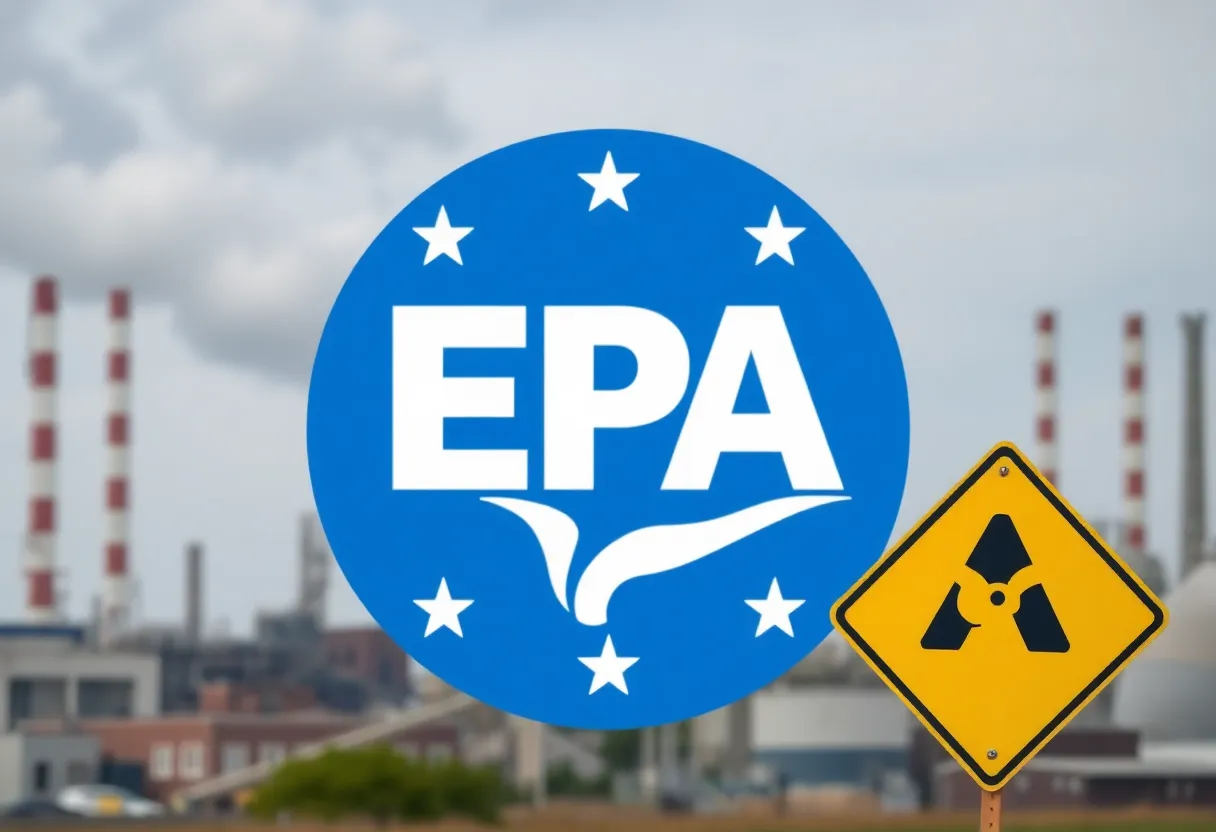News Summary
The EPA’s landmark ban on asbestos use marks a crucial turning point in public health and safety regulations in the United States.
Asbestos Ban Shakes Up U.S. Regulation: A Long-Awaited Decision
In a landmark move, the U.S. Environmental Protection Agency (EPA) has announced a sweeping ban on the ongoing uses of asbestos, a notorious carcinogen linked to thousands of cancer cases every year. This ban, established in March 2024, arrives more than three decades after other nations—at least 67 countries—have put strict restrictions or outright bans on the harmful substance.
The Ongoing Asbestos Crisis
Although many U.S. citizens might have assumed that asbestos was already outlawed, the reality is more complex. Asbestos, a natural and fibrous mineral well-known for its impressive resistance to heat and flame, has been linked to deadly diseases like mesothelioma, among others. The dangers of this toxic material were formally acknowledged as early as 1898, with significant research continuing throughout the decades.
Data from different periods paint a grim picture. Between 1999 and 2015, there were more than 45,221 recorded deaths in the United States due to mesothelioma, a disease primarily caused by asbestos exposure. In 2019 alone, studies estimated over 40,000 worker deaths attributed to asbestos-related conditions. The total number of occupational deaths caused by asbestos over the 20th century has been estimated at a staggering 17 million.
A Historical Perspective
It took decades of tireless advocacy and scientific research to connect the dots between asbestos exposure and its dire health effects. The term “asbestosis” first emerged in 1927 to describe lung diseases related to exposure, while the link to lung cancer wasn’t firmly established until the 1960s. Landmark studies, such as one conducted by Irving J. Selikoff in 1964, revealed a shocking reality: workers exposed to asbestos had significantly higher instances of mesothelioma compared to the general populace.
The Regulatory Tug-of-War
Despite overwhelming evidence, a complete ban on asbestos in the U.S. continuously faced pushback from various industry groups. A significant regulatory effort in 1989 aimed to phase out most asbestos-containing products, but a court ruling blocked this attempt, leading to delays that have cost countless lives. Industry lobbying throughout the 1990s and 2000s further hampered any significant progress in regulation, continuously undermining scientific findings.
In 2016, a glimmer of hope emerged when Congress amended the Toxic Substances Control Act (TOSCA), reinstating some of the EPA’s regulatory authorities. The recent asbestos ban marks the first crucial regulation under this amended act, setting a new precedence for public health and chemical safety.
The Path Forward
The upcoming ban focuses specifically on chrysotile asbestos, the only type currently used in the U.S., found in various products like aftermarket automotive parts. This transition is not immediate; rather, the EPA has outlined a 12-year phase-out period, during which varied deadlines will apply to different industries. However, critics argue that this timeline, especially for the chlor-alkali industry, is excessively lenient and could perpetuate unnecessary risks.
Despite the ban being a significant milestone, the debate continues over the safety of chrysotile when used correctly. Advocates for its continued use warn about the potential increase in reliance on other toxic chemicals if chrysotile is entirely banned. On the other hand, many public health experts stress that there is no safe level of asbestos exposure, reiterating that the only way to prevent related cancers is through complete elimination of the material.
Looking Ahead
As the EPA embarks on this new regulatory path, it is essential to explore the legacy uses of asbestos and its presence in aging infrastructure. The latest move toward a comprehensive ban is widely regarded as a critical step toward safeguarding public health from the ongoing threats posed by asbestos. As the nation reevaluates its approach to chemical safety, the fight against this pervasive carcinogen is far from over.
With asbestos exposure still claiming around 40,000 American lives annually, the urgency for complete eradication cannot be overstated. The recent ban heralds a new chapter in regulatory reform, opening doors to a healthier, asbestos-free future.
Deeper Dive: News & Info About This Topic
HERE Resources
Alternative Therapies for Mesothelioma Management
Karoline Carstens Joins Flint Cooper to Strengthen Asbestos Law
Demolition Plans Unveiled for Castle Hill Garages
Asbestos Concerns Rise as Housing Records Come Under Fire
Asbestos Removal Planned for North Liverpool Schools
Over 800 Asbestos Risk Records Found Inaccurate
Enquin Environmental Expands Workforce With £50,000 Investment
Victoria Business Faces Hefty Fine for Safety Violations
Major Developments in Albany: Demolition of Central Warehouse Set to Begin!
Mystifying Asbestos Exposure: Florida’s Hidden Dangers for Construction Workers



















